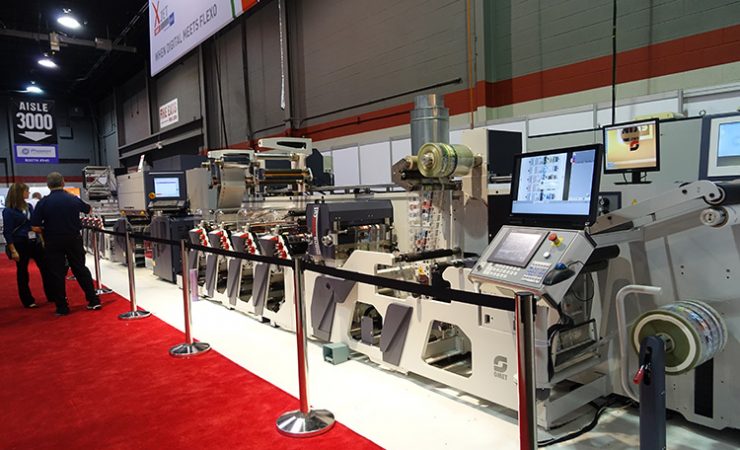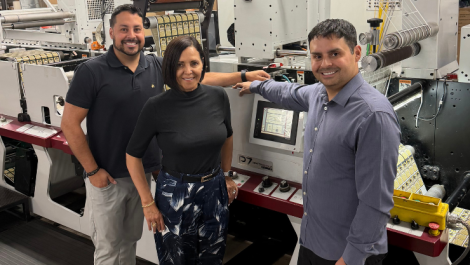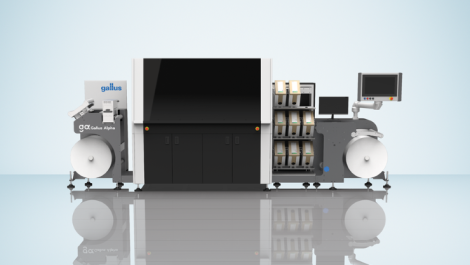In order to keep its production capabilities flexible and responsive to the Italian packaging market, Italgrafica has ordered its second XJet Hybrid press from Omet.
Hybrid technology is the latest addition to Italgrafica and Francesco Niorettini, general manager believes it is strategic for the future of the market. ‘We installed the first hybrid Omet XJet in 2018. We have gained experience and understood that it is the right machine for the type of market we are in. On this press, and on the next one that we are going to soon install, we will plan high quantity print runs, which we traditionally used to print on flexo machines. Although printing is more expensive, the extra cost is offset by saving time in controlling the variables, especially in jobs where the number of variables are high. Considering time is the most expensive resource we have, saving time on job changes makes up for the higher cost of printing, as compared to flexo.’
‘When we purchased the first machine, we chose Omet because we needed to print a particular format (not for the width but for the print pitch) that other competitors were not capable to offer. Omet could install cylinders up to 24 inches. It’s this trust that we have built with Omet, that we consider it to be a partner rather than a supplier. I can pick up the phone and speak with several people within the company, who are always willing to find solutions to our needs with precision and speed. Omet is structured to develop new and customised projects like the ones we deal with. Although it has grown significantly in recent years, it has not lost its flexibility, which indeed is one of its strengths.’
‘Printers need to be increasingly flexible and quick if they want to face the market of the future, which will be more personalized and dynamic. We are constantly reducing our process inventory and manage production with kanban logistic systems where variable data is highly requested. These factors must be considered in the upstream and downstream production phases. Think of the labels with nutritional tables that undergo changes whenever a new legislation comes into force or for export, where the rules change frequently. The information on the labels changes constantly: we will either start to make only labels with brand and QR code, or we will have to be able to respond effectively to customer requests. We are investing in this second aspect, because we know that a label is never just a label, it’s the brand’s business card,’ concluded Mr Niorettini.




